Photos of the Grand Lusitania Before She Was Sunk By the Germans
The ship went down in only 18 minutes.
Anyone with even a passing interest in history or film knows about the horror of the Titanic. The ship famously was sunk after hitting an iceberg, killing more than 1,500 people. But, there was another ship that went down just a few years later that not as many people know about today. The Lusitania was a steam passenger ship that, like the Titanic, was built to be the embodiment of pure luxury for those who could afford a first class ticket. For those in third class the digs were not quite so glamorous as we will see. Have a look at this incredible steamer ship before she was sunk by the Germans in 1915.
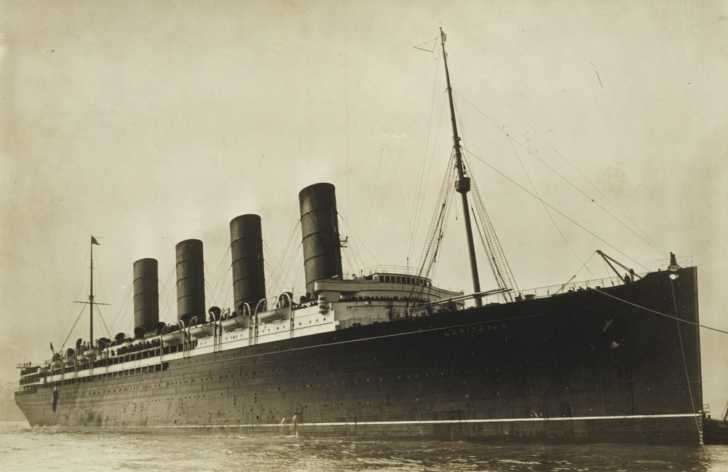
The service of Lusitania began in September of 1907 and the ship was owned and operated by the Cunard Line (now owned by Carnival). The ship was designed with the utmost attention to detail, both in the engine technology and in furnishing of the enormous vessel.
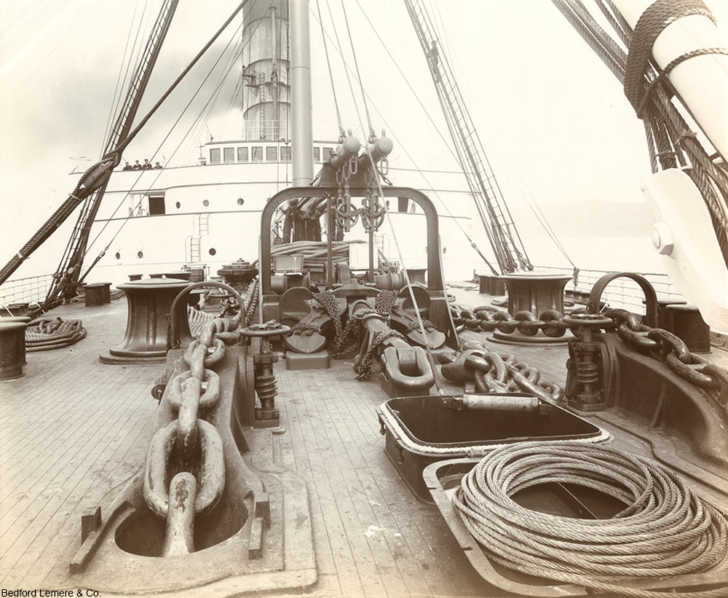

The British steamer ship ferried passengers with regular service between Liverpool and New York. On her maiden voyage throngs of New Yorkers came out to see the spectacle and after the ship was emptied of passengers coming from Europe the crew even granted tours to the public.

In just 4 or 5 days (depending on the weather) this magnificent ship could complete the journey from Ireland to New York, which in those days was quite a fast ship! The Lusitania even won awards for her speed.
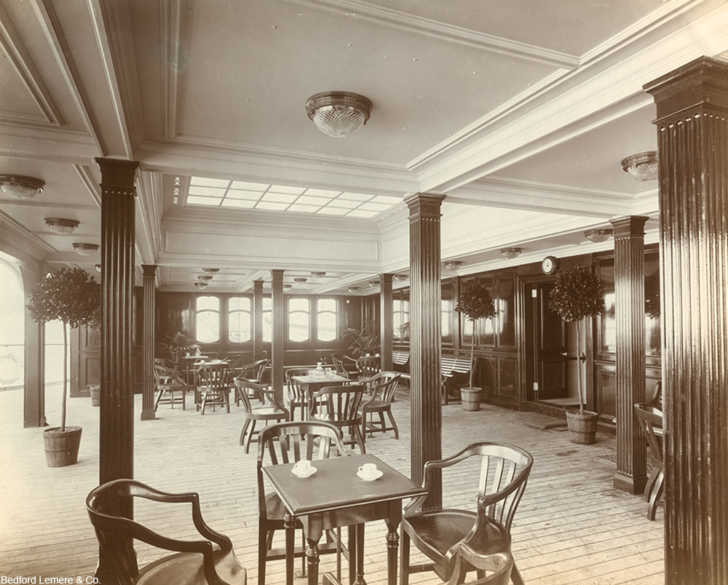
Lusitania could carry 2,198 passengers and 850 crew members at a time- which combined is just shy of 3,500 people. Of the more than 2,000 spots for paying customers 552 were designated for first class, 460 for second class and the majority (1,186) were for third class.
Across 5 decks the first class section included opulent public spaces. On the uppermost was a reading room, a writing room, a salon, a smoking room, and a veranda cafe. Each space was filled with elegant furniture and decorated with intricate plasterwork that added light and grandeur to the most public parts of the first class area.

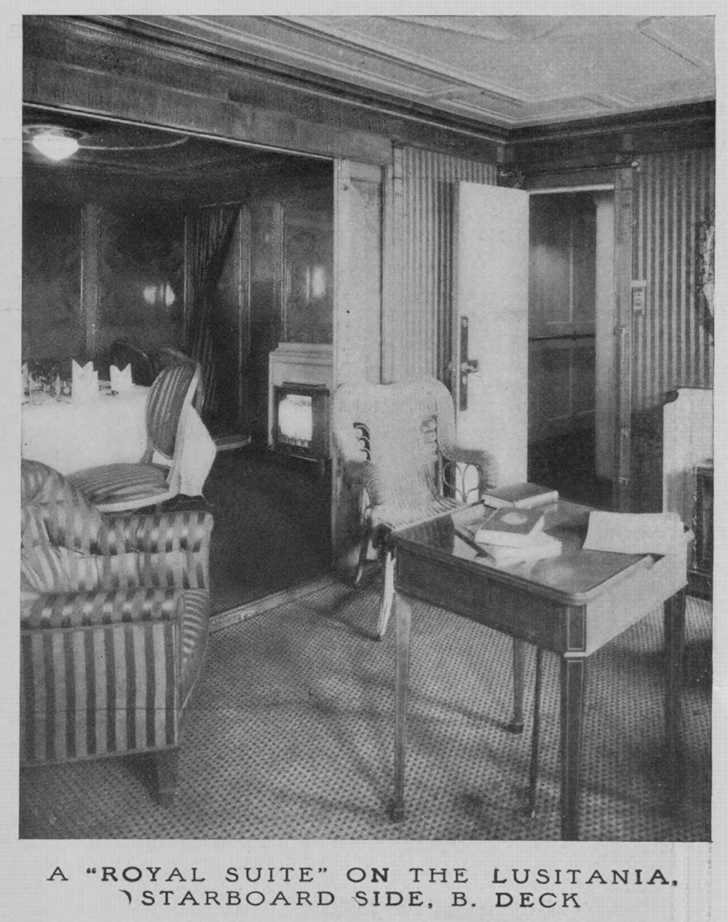
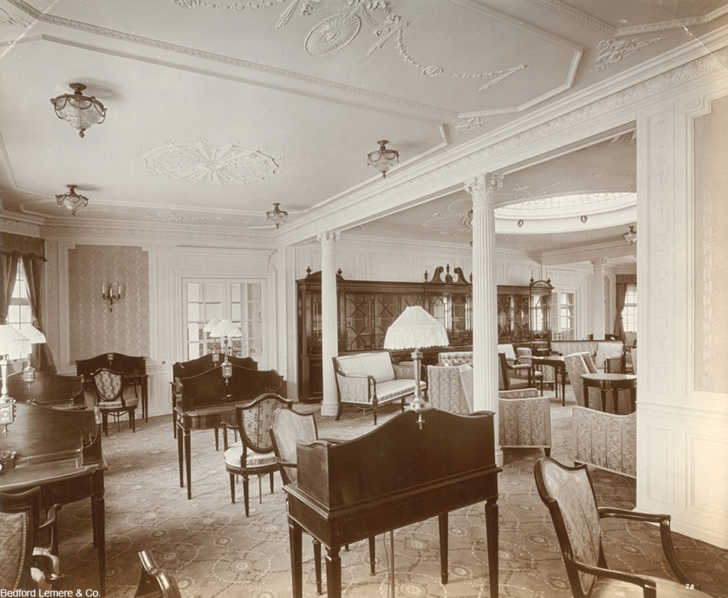
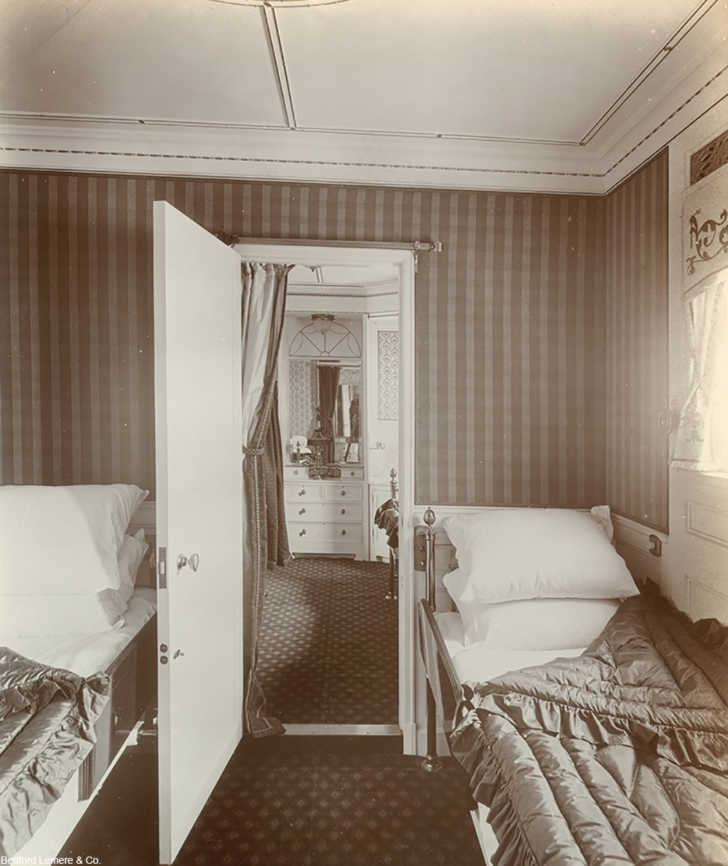
The second class areas of the ship were the fewest in number, but the quality of the rooms there was very good, if not quite as splendid as the first class areas.
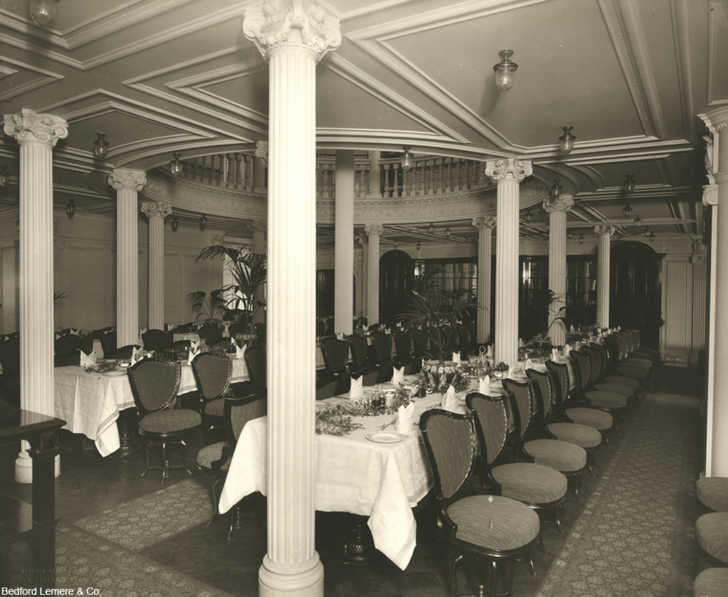

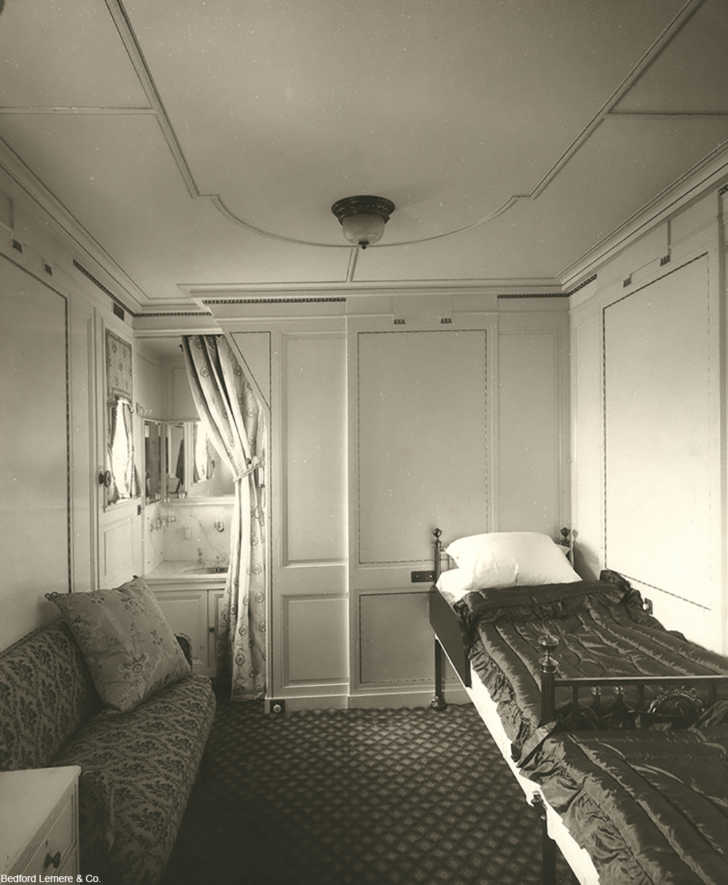
And then there were the third class areas, so plain that the dining hall and lounge areas looked nearly identical.


On May 7th, 1915 just off the Southern coast of Ireland, the steamer was struck by a torpedo from a German U-boat, which caused an explosion that proved fatal to the ship since she was also carrying munitions for the British military. In addition the location of the damage prevented use of the majority of the lifeboats, a fact which was made worse due to how quickly the ship was going down.
The catastrophic damage caused this great steam ship to sink in only 18 minutes. The total number of victims from this tragedy numbered at 1,198, including famed heir and businessman, Alfred Gwynne Vanderbilt.
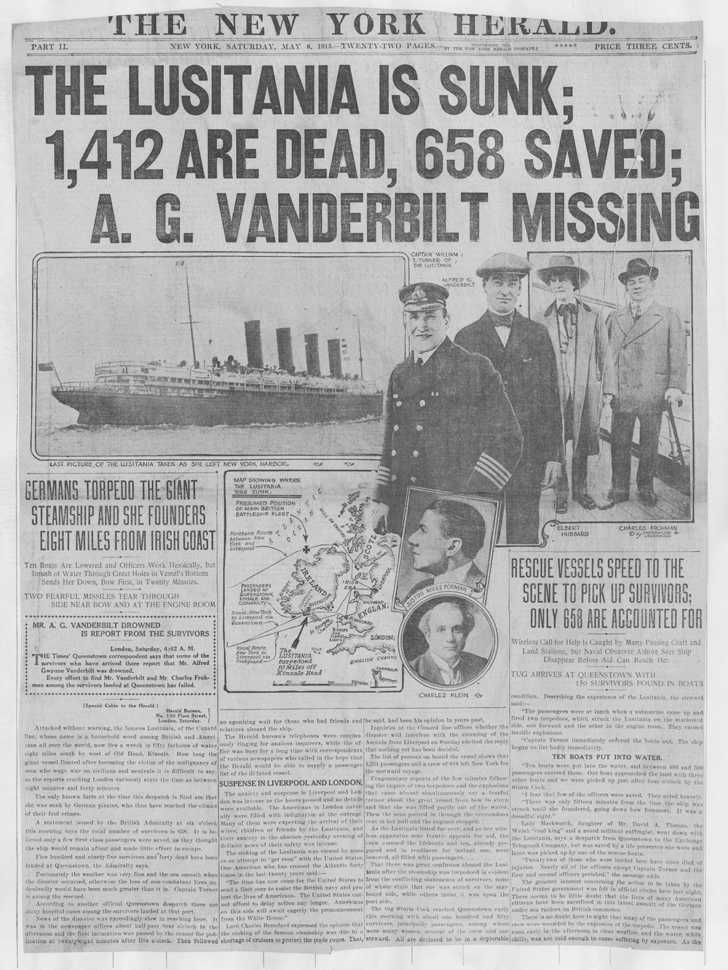
There are theories floating around that the ship was a lure devised by the British military to engage German aggression, knowing the route of the Lusitania placed right in the line Germans U-boats partols, in the hopes of gaining the U.S. as an ally. Of course this failed: the Lusitania might have been carrying U.S. citizens, but she was not a U.S. ship. The U.S. didn’t enter World War I until April of 1917, only after 7 U.S. ships had been bombed by German U-boats and the later release of the Zimmerman telegram revealed Germany’s true intentions towards the U.S.
Whether the Lusitania was indeed a bait ship or simply was attacked by an enemy during wartime, the loss of life suffered that day was a huge tragedy that rocked the world at the time.
SKM: below-content placeholderWhizzco for DOT

